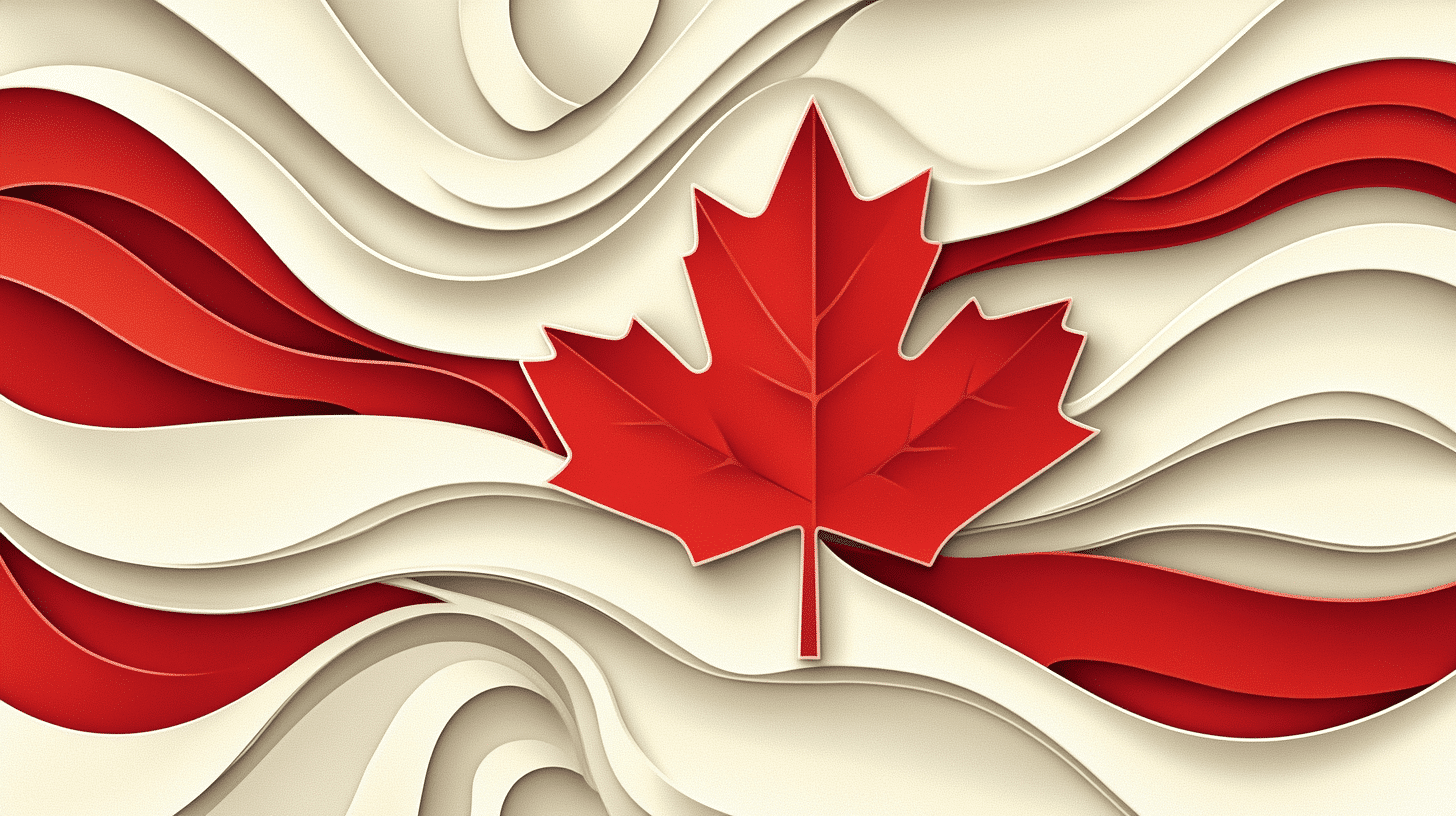What is National Flag of Canada Day?
National Flag of Canada Day, celebrated annually on February 15th, commemorates the day in 1965 when the national flag of Canada was first raised over Parliament Hill in Ottawa and across the country. This day marks the adoption of the flag featuring a red maple leaf in the center with two red borders on each side, set against a white background. It represents a significant moment in Canadian history, symbolizing independence and the unification of the country’s diverse cultures and values under one emblem. The flag is a source of pride for Canadians, embodying the ideals of freedom, democracy, and respect.
History and Origin
Before the adoption of the current flag, Canada used several different banners, including the Union Jack and the Canadian Red Ensign. The push for a distinctive Canadian flag grew stronger in the early 1960s, leading to a great debate about its design. The final design, conceived by George F.G. Stanley and John Matheson, was chosen for its simplicity and the powerful symbolism of the maple leaf, which had been a national symbol since the 18th century. The official proclamation of the National Flag of Canada was made on February 15, 1965, by Governor General Georges Vanier.
Who Celebrates National Flag of Canada Day?
- All Canadians: Individuals across the country celebrate by displaying the flag at their homes, schools, and workplaces.
- Government Institutions: Conduct ceremonies and events to honor the significance of the flag and what it represents for the nation.
- Educational Institutions: Schools often hold special assemblies or lessons focused on the history of the Canadian flag and its importance.
- Canadian Embassies and Consulates Abroad: Mark the day by holding flag-raising ceremonies and engaging with the international community to promote Canadian culture and heritage.
Slogans and Themes
National Flag of Canada Day revolves around themes of national pride, unity, and identity. Slogans like “Proudly Canadian” and “Unity under the Maple Leaf” are often used to express the deep connection Canadians have with their flag and the values it represents.
Colors, Symbols, and Patterns
- Colors: The flag’s distinct red and white colors are prominently displayed and celebrated on this day.
- Symbols: The single red maple leaf is the central symbol of the flag, recognized worldwide as a symbol of Canada.
- Patterns: While the flag itself does not contain patterns, its iconic design is featured in various decorations, clothing, and promotional materials related to the celebration.
Most Used Hashtags
- #NationalFlagOfCanadaDay
- #CanadianFlagDay
- #MapleLeaf
- #ProudlyCanadian
How to Celebrate
- Display the Flag: Canadians are encouraged to display the national flag at their homes and workplaces.
- Participate in Ceremonies: Attend or watch flag-raising ceremonies and other events organized in communities across the country.
- Learn About the Flag’s History: Educate oneself and others about the history and significance of the Canadian flag, fostering a deeper appreciation for the symbol.
- Engage on Social Media: Share messages, images, and personal stories related to the Canadian flag using the designated hashtags to spread pride and unity online.
National Flag of Canada Day offers an opportunity for Canadians to celebrate their flag’s enduring symbol, reflecting on their shared values and the diverse society that the flag represents.
February 15: Flag Day (Canada)
Why do you keep falling for the same type?
Read the article Lovemaps: the hidden blueprint of our love.

